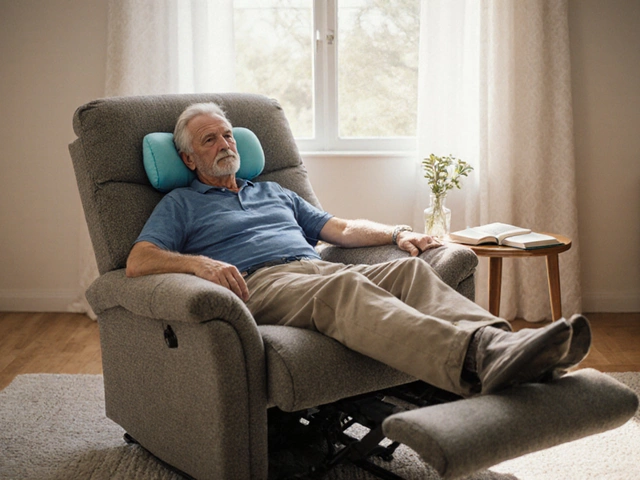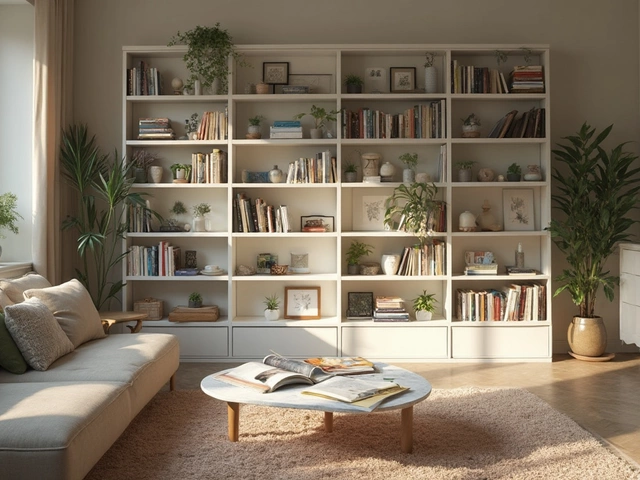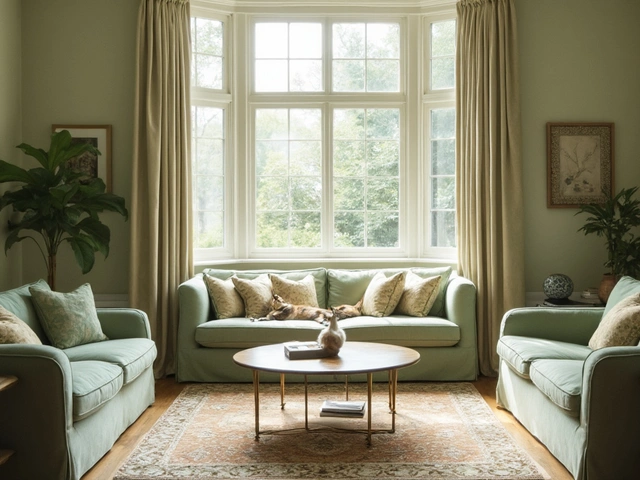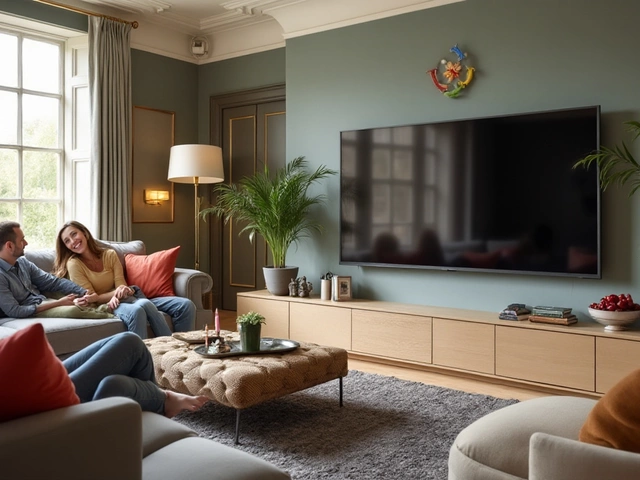Focus Tips: Boost Your Concentration with Smart Furniture Choices
Ever notice how a wobbling chair or a cluttered desk steals your attention? You don’t need a magic pill—just a few tweaks to your space and routine can keep your mind on track.
Create a Focus‑Friendly Workspace
Start with the chair you sit in every day. An ergonomic seat that supports your lower back stops the constant need to shift and readjust, which is a silent focus‑killer. Look for a chair with adjustable height, lumbar support, and a sturdy gas cylinder so it doesn’t sink mid‑meeting. If you have ADHD or just get fidgety, a chair with a breathable mesh back or a slight tilt can give the gentle movement you need without breaking concentration.
Desk height matters too. Your elbows should rest at a 90‑degree angle when your hands are on the keyboard. Too low and you’ll hunch; too high and you’ll strain your shoulders. A sit‑stand desk lets you switch positions, boosting blood flow and keeping the brain awake.
Lighting is another silent opponent. Natural light is best—position your desk near a window if you can. If that’s not an option, go for a daylight‑balanced LED lamp (around 5000 K). Avoid harsh overhead lights that cause eye fatigue and make you glance away from your screen.
Messy surfaces are visual noise. Keep only the tools you use daily on the desk: a laptop, a notebook, a pen. Store everything else in drawers or shelves. When you close the lid, you close the distraction.
Habits That Keep Your Mind Sharp
Even the perfect setup won’t help if you’re scrolling the phone every five minutes. Try the 25‑5 rule: work for 25 minutes, then stand, stretch, or walk for five. Those short breaks reset your brain and stop the urge to wander.
Set a single goal for each work block. Instead of “write report,” try “draft the intro paragraph.” Specific targets give your brain a clear endpoint and reduce the mental clutter of vague to‑dos.
If you’re prone to ADHD‑related restlessness, keep a stress ball or a fidget toy at hand. Small, silent movements let you stay seated while giving your body something to do, which can actually improve focus.
Finally, keep your workspace temperature comfortable—around 21 °C (70 °F) is ideal. Too hot makes you sleepy; too cold makes you tense. Small HVAC tweaks can make a big difference in how easily you stay on task.
Combine these furniture fixes with simple work habits, and you’ll notice a steady lift in concentration. No need for expensive gadgets—just a better chair, a tidy desk, and a few purposeful routines.





